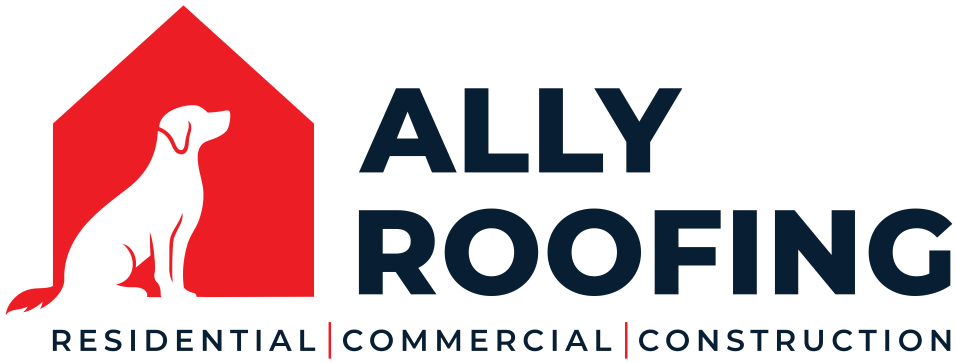Mold breeds where ever there is moisture and can grow both indoors and out. Considering it can be found in the air and on on many surfaces, the chances of mold exposure are very high. Black mold can be especially dangerous if not dealt with swiftly. So what can you do about the mold you suspect is causing your ill symptoms? Mission Restorations can help.
The Effects of Mold Exposure
There are varying mold types, some of which, barring a severe allergy, will do minimal to no harm. But what about the mold types that are detrimental to your health? In some cases, the effects of mold in your home can make you sick, especially those with an allergy or asthma problem. Even without the aforementioned conditions, mold can cause eye, skin, nose, throat, and lung irritation. If you are consistently on the receiving end of these health symptoms, then it may be time to call in a mold removal and remediation team.

Black Mold
Stachybotrys chartarum, or black mold, is often detectable in the cellulose-rich materials of damp, moisture-rich, or water-damaged buildings. Typically, when black mold grows indoors it will usually be in a place out of standard view.
Most common symptoms of black mold are generally associated with a respiratory response. In addition to the basic mold symptoms, black mold exposure can cause bouts of chronic coughing and sneezing, severe nasal congestion, potential rashes, severe, persistent headaches, and chronic fatigue.
Detecting Mold
According to the CDC, “Mold can enter your home through open doorways, windows, vents, and heating and air conditioning systems. Mold in the air outside can also attach itself to clothing, shoes, bags, and pets can and be carried indoors.”
In order to detect if you have black mold growing within your home or business, you need only use your nose. Black mold will tend to have a musty, earthy scent, similar to rotting leaves and dirt, which gives it away.
How to Minimize Mold Exposure and Growth
Inside your home you can control mold growth by:
- Controlling humidity levels;
- Promptly fixing leaky roofs, windows, and pipes;
- Thoroughly cleaning and drying after flooding;
- Ventilating shower, laundry, and cooking areas.
Inside your place of business:
- Practice proper plumbing maintenance by fixing any and all leaks;
- Correct all possible and potential wet spots;
- Insulate to eliminate condensation or increase air circulation to increase surface temperature;
- Keep humidity levels as low as possible (under 50%);
- Perform regular building and HVAC inspections and maintenance as scheduled;
- Maintain proper ventilation.
Calling in the Professionals
If you’ve already spotted the mold problem, then it’s time to call in a mold removal and remediation team to help. Mission Restorations will assist in returning your home or business to a safe and healthy environment. Here is a list of things you should do in response to mold discovery:
- DO NOT touch the mold! It can irritate your skin and cause more problems. Also use a respirator in order to avoid taking any of the mold into your lungs;
- Assess the mold covered areas and take note of all materials affected;
- Consult a removal and remediation service, such as Mission Restorations;
- If you’ve been exposed or suffer symptoms from the effects of mold, consult a health care provider immediately;
- Make a routine of checking to ensure the problem does not recur.
Early detection is crucial in dealing with mold growth and limiting the effects of mold exposure. Decide now to check your home for potential problem areas so that you can prevent the damage that mold can bring. Mission Restorations is available day and night to help fix any mold problems you or your business may be facing.



